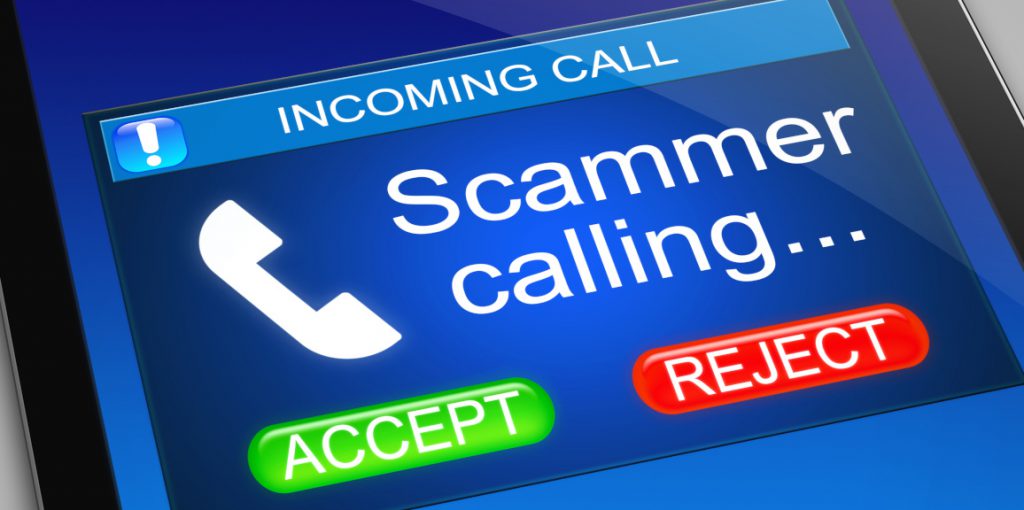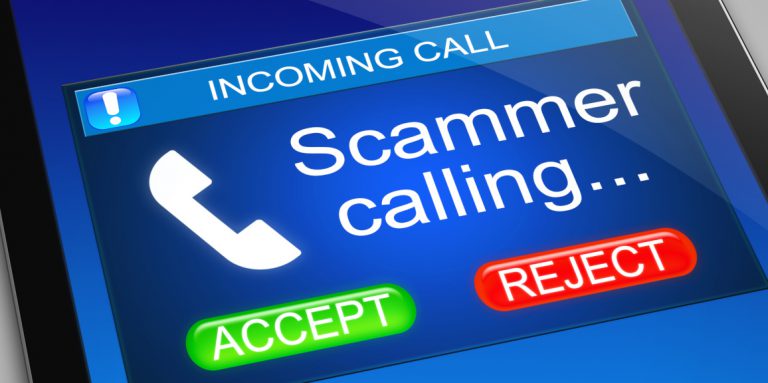You’ve already gone into debt by taking out student loans to pay for college. Predators are aware of the financial struggles you’re going through, and they prey on vulnerable borrowers.
Student loan scams are not new, but that doesn’t mean they aren’t new to you. Maybe you’re getting calls about your outstanding loans from someone claiming to help. Maybe you’ve seen ads online when you visit your favorite social media sites.
Regardless of how you’re getting them, student loan scams are on the rise. You can find legitimate loan forgiveness options without being tricked by supposed student loan forgiveness companies. Read on to learn what options can help and to watch out for.
Student loan scams
It’s easy to become a victim if you’re drowning in student loan debt and looking for relief any way you can get it. Here are a few red flags:
1. Upfront fees and costs
Legitimate companies and the federal government do not charge a fee to help you with student loan debt. While private lenders may charge an origination fee, or a fee for setting up and taking out a loan, it’s usually rolled into the full cost of the loan you’re taking out. No legitimate company charges a fee before any work has been done, so if someone claims they can lower your payments or completely wipe out your debt with a fee, it’s a scam.
2. Student loan forgiveness
While there are a handful of federal programs that can put you on track for student loan forgiveness, most of them take many years to go into effect. For example, the Public Service Loan Forgiveness program takes at least 10 years to complete.
However, this doesn’t stop scammers from guaranteeing you student loan —forgiveness.” Remember that only a handful of federal programs exist, and no private company has the capability to instantly erase your student loan debt. If a company approaches you with this promise, run the other way.
3. Debt settlement
You may encounter scammers posing as law firms or other organizations contacting you with the promise of debt settlement. They offer to settle your debt for much less than you owe if you pay them an upfront fee. If you agree, you’ll start making payments to this scammer instead of your lender, who tells you they’re going to negotiate a settlement on your behalf.
Remember that if a company is asking for an upfront fee, it’s a big red flag. If a company promises to lower your student loan debt, it’s also a red flag. You can find alternative payment plans through federal programs, like income-driven repayment (IDR) plans, or refinancing with a private company. If you’re really having trouble, you could also apply for forbearance to temporarily pause your loan payments. But you shouldn’t accept help from someone claiming they can significantly lower your student loan debt balance – these programs aren’t legitimate.
Ways to lower your payments
Struggling to pay your student loan debt while still trying to make ends meet can be difficult. If you’re in this situation, keep in mind you have other options. Instead of falling victim to fraudsters, learn about the real ways you can ease the burden of student loan debt.
1. Public Service Loan Forgiveness
This program is still fairly new – it was launched in 2007 and the first round of eligible borrowers applied in 2017. If you work for an eligible employer and make qualifying payments for 10 years, you can apply for PSLF and your loans may get forgiven.
2. Teacher Loan Forgiveness
While teachers may qualify for PSLF, there’s also a separate program just for them. The Teacher Loan Forgiveness program is available to teachers who have been working for at least five years at a qualifying agency or low-income school. You could qualify for $5,000 or $17,500 in student loan forgiveness depending on the subject you teach.
3. Income-driven repayment (IDR) plans
There are four IDR programs designed to help you pay your loans in a way that best fits your finances and family size, including:
- Income-Based Repayment (IBR)
- Income-Contingent Repayment (ICR)
- Pay As You Earn (PAYE)
- Revised Pay As You Earn (REPAYE)
All these programs can help you set up monthly payments that are affordable and based on your discretionary income — usually around 10% to 20%. You’ll make payments for either 20 or 25 years, depending on your plan, and after that the remaining balance is forgiven.
4. Direct Consolidation Loans
If you have many different federal student loans that you make payments on every month, you might be a little overwhelmed. Multiple loans with different interest rates and payment amounts can be confusing to manage.
That’s where a Direct Consolidation Loan comes in. This is a Direct Loan offered by the federal government that combines all your loans into one consolidated payment. The interest rate is determined by the weighted average of all your current interest rates, and rounded up to the nearest one-eighth percent. You’ll have one monthly payment rather than many, which can help you avoid missing payments and possibly going into default.
5. Refinancing
Many private lenders offer student loan refinancing. Whether you have a mix of federal and private loans or just one type, you have the option to refinance. Through refinancing, a new loan is taken out to pay off your existing student loans. Your new loan comes with an interest rate based on your credit score and income, and borrowers with excellent credit may be able to lower their interest rate significantly.
But not all lenders offer the same rates and repayment plans. Use Purefy’s rate comparison tool to find the best option for you.
How to report a student loan scam
If you’ve been targeted by a potential student loan scammer, you have a few different ways to report it, including:
- Contact the CFPB. The Consumer Financial Protection Bureau urges you to submit a complaint about possible fraud. This could get the company shut down, which means they won’t be able to continue scamming others.
- File with the FTC. The Federal Trade Commission also has a way for you to submit complaints if you’ve been targeted for fraud or abuse.
- Reach out to your Attorney General. If you know the company trying to scam you is based in your state, get local help through your AG.
Remember to keep your personal information secure and never hand it over to companies in return for the promise of student debt relief. If you encounter scammers, don’t stay silent — report them so they won’t be able to continue their fraudulent behavior.














